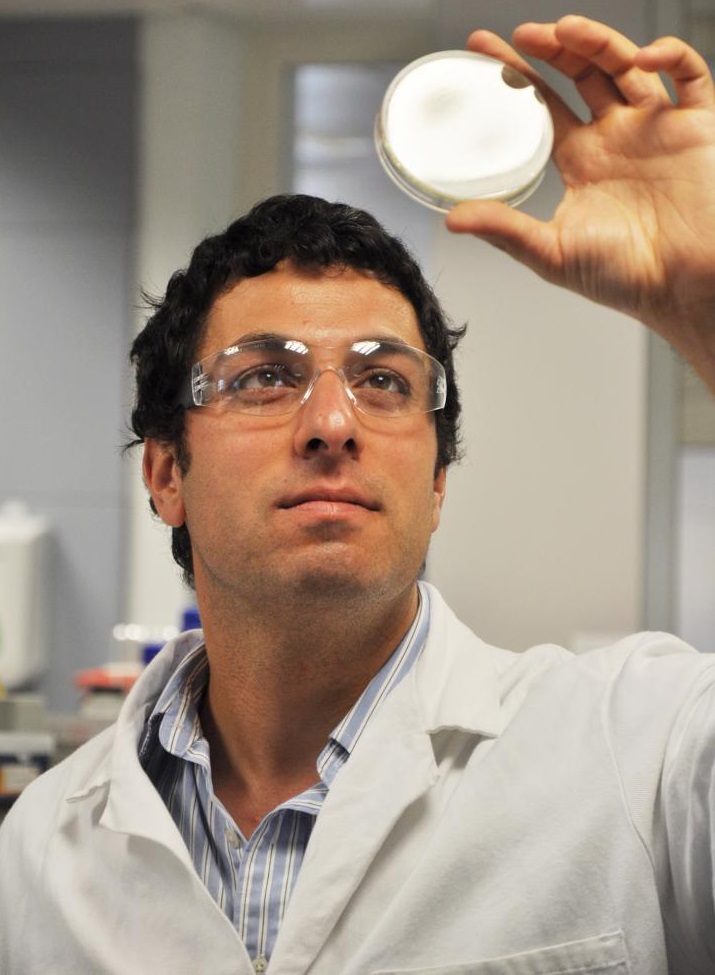Interesting developments for diabetes sufferers, and would certainly help reduce time spent exercising.
July 28, 2015 | by Aamna Mohdin

photo credit: Woman on an exercise bike. Kzenon/Shutterstock
In a dream world, we’d be able to lose weight without all the sweaty, hard work of exercising. Researchers who have developed a molecule that mimics exercise suggest this may no longer just be a far-fetched fantasy.
In the study, published in the journal Chemistry and Biology, researchers describe a new molecule – called compound 14 – that could potentially help treat obese patients and those suffering from type 2 diabetes. Compound 14 works in a clever way to trick the body into thinking that they have run out of energy.
The molecule does this by first inhibiting the function of ATIC, a cellular enzyme involved in metabolism. This inhibition causes another molecule called ZMP to accumulate in the cells. The buildup of ZMP tricks the cell into acting as if they are running out of energy. AMPK, the cell’s central energy sensor, is activated, causing the cells to compensate for the supposed lack of energy by increasing their glucose uptake and metabolism. This is what usually occurs when we exercise.
Researchers tested out the molecule on two sets of mice; one group was given a normal diet while the other was given a high-fat diet to make them obese and impair their glucose tolerance, which is an early sign of diabetes.
“There is a lot of evidence from previous studies that if you could selectively activate AMPK with a small molecule, it could have potential benefits in the treatment of several diseases, including type 2 diabetes, by acting as an exercise mimetic and increasing the uptake and usage of glucose and oxygen by cells,” Ali Tavassoli, professor of chemical biology at the University of Southampton, said in a statement.
Researchers were encouraged by the results as compound 14 was found to “reduce blood glucose levels and improve glucose tolerance,” the study noted. The blood glucose levels and weight remained normal in the mice with a normal diet who were treated with compound 14. In the obese mice, compound 14 was found to reduce their elevated blood glucose nearer to normal levels.

Ali Tavassoli. Image credit: University of Southampton
Researchers who administered the molecule every day for seven days found that the obese mice lost about 5% body weight. The molecule did not appear to have much of an effect on the weight of the mice on a normal diet.
“The selectivity for obese mice is likely down to the way the compound works and the cellular pathway that the molecule targets. A straightforward way to think about it is to say that the cells in the obese mice have much more ‘untapped potential’ in terms of upregulation of metabolism than cells in the normal weight mice,” Tavassoli tells IFLScience.
While a workout pill isn’t exactly around the corner, researchers do think that compound 14 could play an important role in tackling obesity and type 2 diabetes. They point to previous studies that show selectively activating AMPK could have a number of potential therapeutic benefits.
Researchers hope to develop compound 14 and analyze its long-term effects. Currently in the U.S., more than one-third (78.6 million) of adults are obese and 29.1 million people have diabetes. Type 2 diabetes accounts for about 90% to 95% of all diagnosed cases of diabetes.